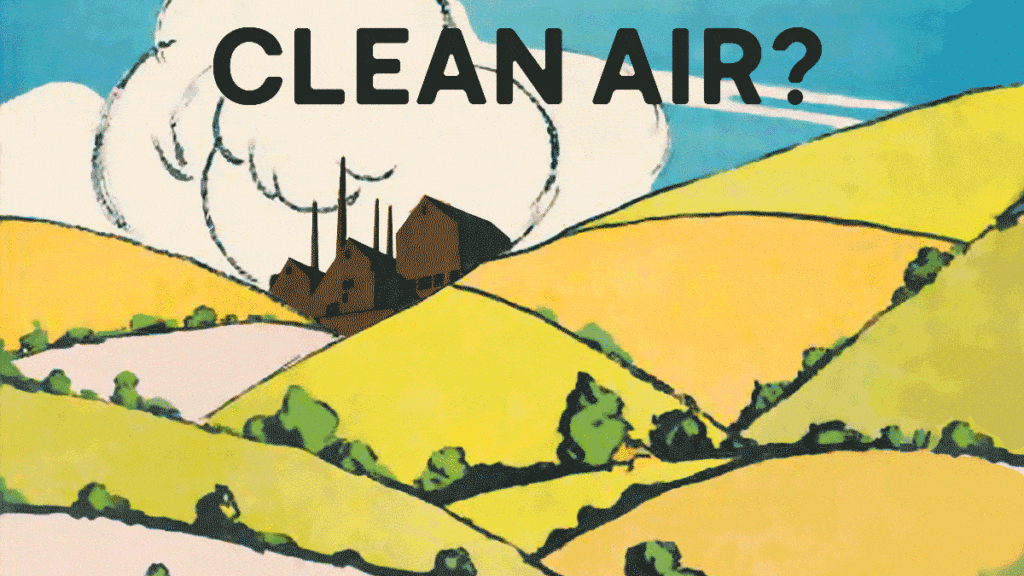Chapel Gate Incinerator poses pollution and heavy vehicle traffic threat to Green Belt and nearby University Sports Facilities
A planning application going through final stages today to build a waste incinerator at Parley, next to the University’s Chapel Gate sports fields and facilities. This is located near Bournemouth Airport in the middle of green belt land and adjacent to the ecologically sensitive and internationally designated Dorset Heathlands: Hurn Common and Parley Common.
This incinerator is likely to have several very harmful effects including:
The operation will require an additional 38 heavy vehicle movements per day – diesel vehicles of a highly polluting nature. It would involve 19 full loads per day by HGV b, or 95 per week. If these are carrying an annual total of 75,000 tonnes, for 48 weeks a year, then the average lorry load would be 16 tonnes. Diesel consumption will be significant, as will the consequent impact on air quality.
Worsening air quality in the area – increasing level of toxins, ammonia, heavy metals etc next to BU’s Chapel Gate Sport’s Complex where students are exercising.
Increased C02 emissions contributing negatively to the climate emergency.
A reduction in recycling in the county of Dorset. National studies have shown a negative correlation between the siting of an incinerator and local recycling levels.
It is inconsistent with and contrary to the objectives and policies of the Climate and Ecological Emergency Action Plan, in respect of reducing greenhouse emissions from energy production, and of minimising waste disposal in line with the accepted waste hierarchy;
It would constitute an unacceptable use within the Green Belt
Please comments and object using the following link and the information below which provides more background on the proposal which you may wish to review or draw from. https://bit.ly/3atWtFk

Key facts that may inform your response.
- The proposed development would undermine the waste reduction principles of the BCP Climate and Ecological Emergency Action Plan: by providing a market for unnecessary waste products, especially plastics, by discouraging businesses from minimising packaging and the sale of single-use plastics, and by conflicting with attempts to promote community waste reduction and reuse initiatives.
- Energy from waste is not a “low carbon technology”. Energy from waste plants typically emit 509 gCO2/kWh compared with a grid average of 270 gCO2/kWh. Source: Zero Waste Scotland.
- Energy from waste is not a renewable energy source. We need to be minimising our use of the earth’s non-renewable resources, eliminating single use items and recycling far more than we do at present.
- There is no guarantee that filters and closed-cycle design will prevent release of highly toxic air pollutants and the residual ash will also be highly toxic, and will require specialist disposal.
- Waste will be imported from surrounding areas in order to feed the incinerator and the operation will require an additional 38 heavy vehicle movements per day – diesel vehicles of a highly polluting nature, which will impact on noise and local air quality.
- The proposed development is located within the Green Belt. The National Planning Policy Framework (p.42) is quite clear: A local planning authority should regard the construction of new buildings as inappropriate in the Green Belt.”
- The site is bordered by ecologically sensitive protected areas including the Dorset Heathlands Special Protection Area which is of international importance as it is used regularly by 1% or more of the Great Britain population of 5 species: Dartford warbler 37.9%; Nightjar 12.8%; Woodlark 9.3%; Hen harrier 3.2%; and Merlin 1.2% and the Dorset Heaths Ramsar site which supports 1 nationally rare and 13 nationally scarce wetland plant species, and at least 28 nationally rare wetland invertebrate species.
- The operation of the facility will result in major adverse effects on the protected areas at Hurn Common, Parley Common, St Leonards and St. Ives Heaths and Town Common. These ecologically sensitive areas will be subject to increased pollution exceeding critical levels (including Acid deposition and Nitrogen) even after pollution control measures have been applied.
- In addition, the construction of the site, together with noise, vibration and lighting associated with the operation of the site will degrade and destroy habitats for reptiles and impact on nesting birds and bats.
- The 38m stack will be visible from the parts of Bournemouth, Christchurch, Ferndown and potentially the outskirts of Wimborne, as well as from key recreation areas such as Parley Common and Ramsdown Hill.
Submit objections here
Steve Harper and David McQueen
PLEASE SUPPORT US FOR JUST £2 A MONTH





